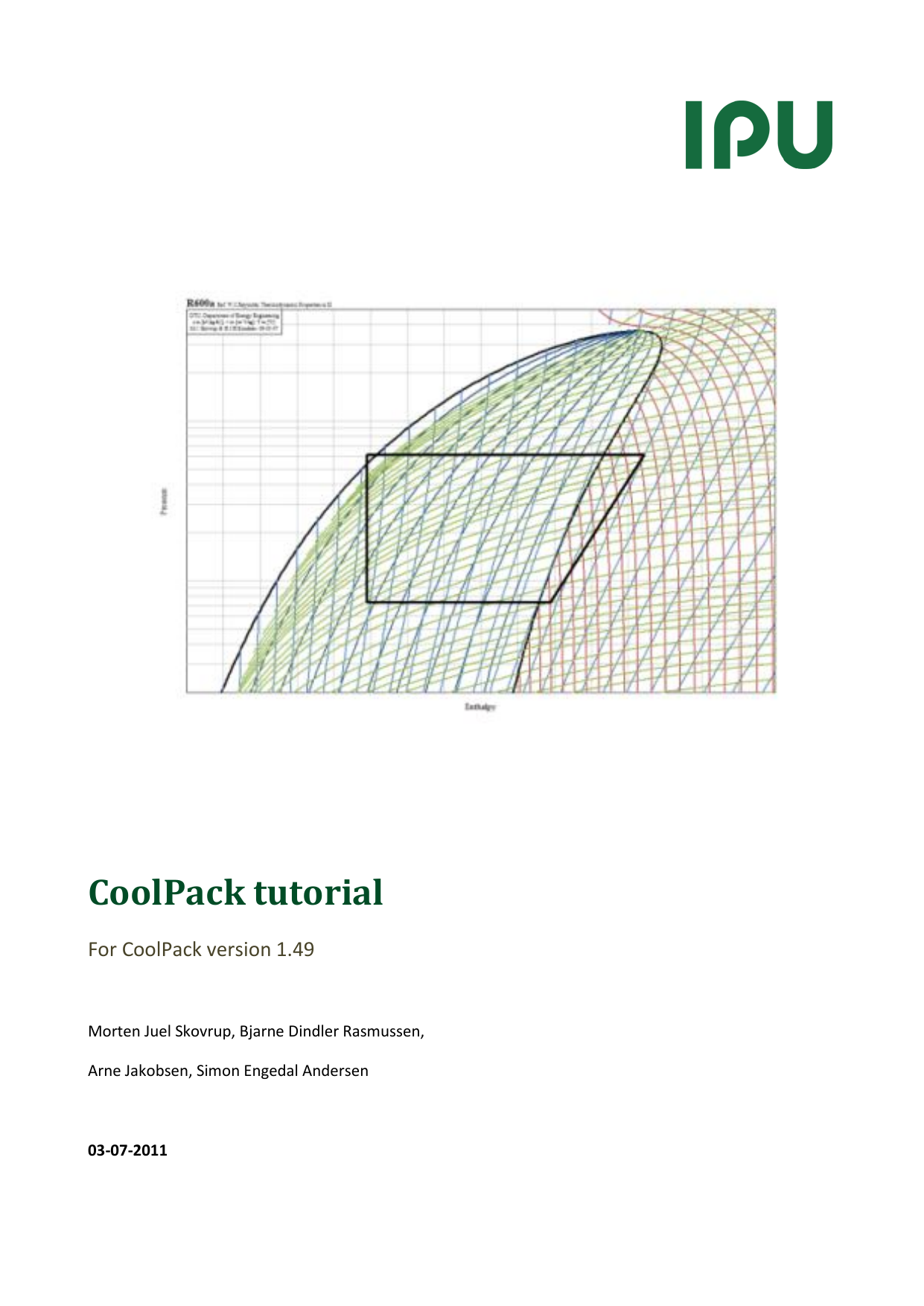

Must be melted periodically by raising the surface temperature of theĮvaporator above the freezing point of water and maintaining the Insulate the heat exchanger and will reduce its performance. Accumulation of significant levels of frost tends to To heat flow and reduction of air volume, face velocity, and the rate of However, continued accumulation of frost leads to significant resistance Rate of heat transfer due to the increased (external tube) surface area. Initial frost accumulation on a small tubular coil surface increases the Surface of the coil, causing frost to accumulate on the coil surface. Surface is below the freezing temperature of water (0Cį]), the condensed moisture freezes and adheres to the When the temperature of the heat exchanger Temperature, and moisture is condensed out of the airstream onto the In most refrigeration systems the air passing over the forcedĬonvection evaporators is chilled to a temperature below its dew-point Suitability, system balance, system performance, and an optimumĮVAPORATOR HEAT EXCHANGERS' DEFROSTING AND THERMODYNAMIC The key areas include investigation of the design TheĬoncept includes a flooded evaporator circuit with a reverse hot-gasĭefrosting cycle. Medium, and large applications as well as large applications. The objective of this project is to investigate anĪlternative design that can be applied in the industry for small,

Incorporates a direct-expansion (DX) evaporator with electricalĭefrosting, and its efficiency is often overlooked by end users andĭesigners. One of the most common types of systems used Refrigeration systems are widely used in many industries globallyĪnd have a substantial contribution to the overall power consumption for APA style: Investigation of electric and reverse-cycle hot-gas defrosting for evaporators in refrigeration systems.Investigation of electric and reverse-cycle hot-gas defrosting for evaporators in refrigeration systems." Retrieved from 2013 American Society of Heating, Refrigerating, and Air-Conditioning Engineers, Inc.
One stage cycles dx evaporator in coolpack free#


 0 kommentar(er)
0 kommentar(er)
